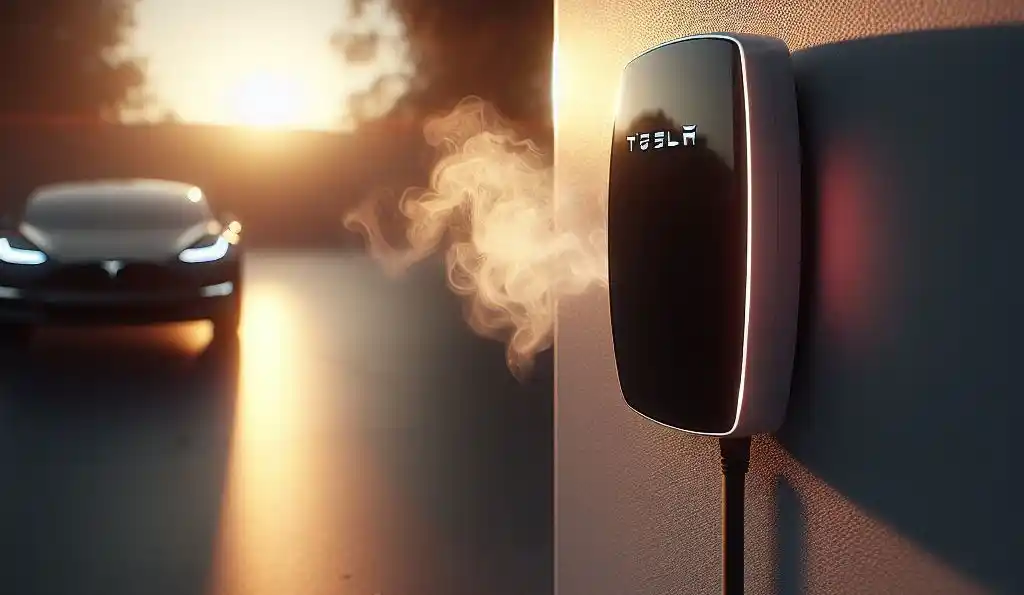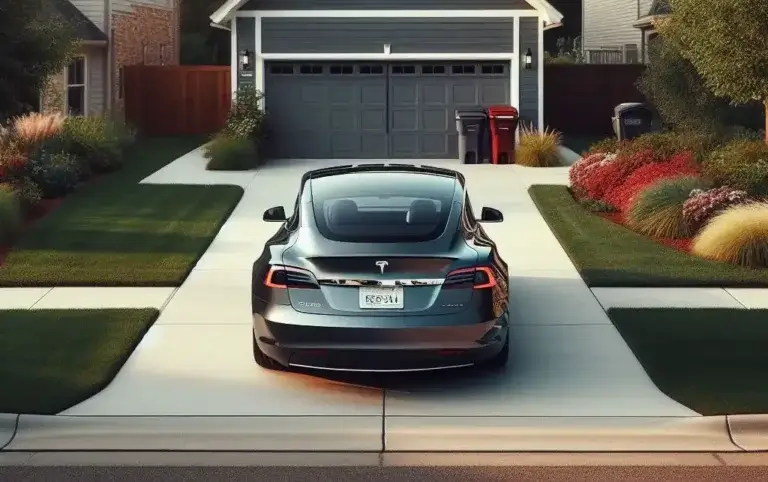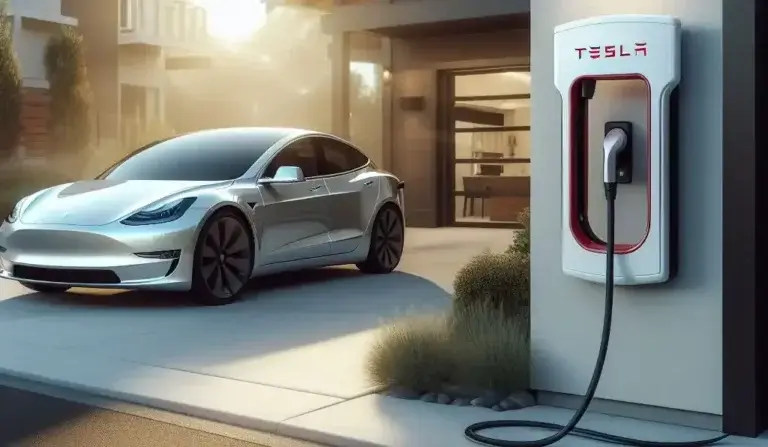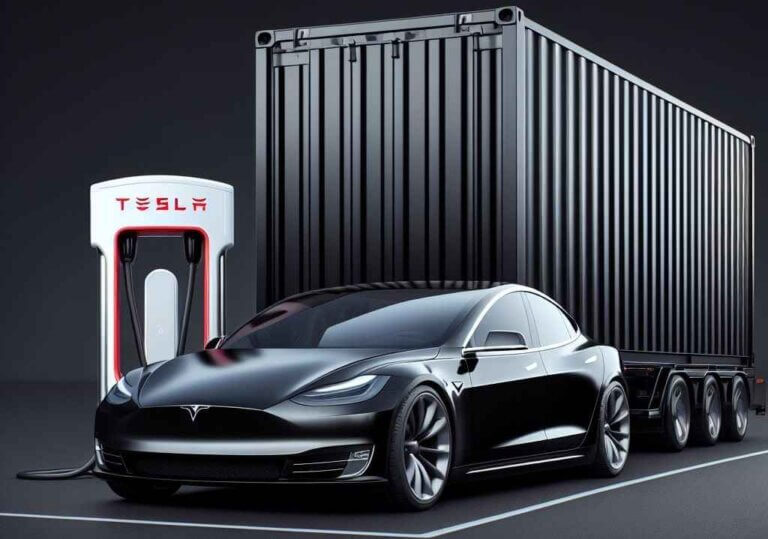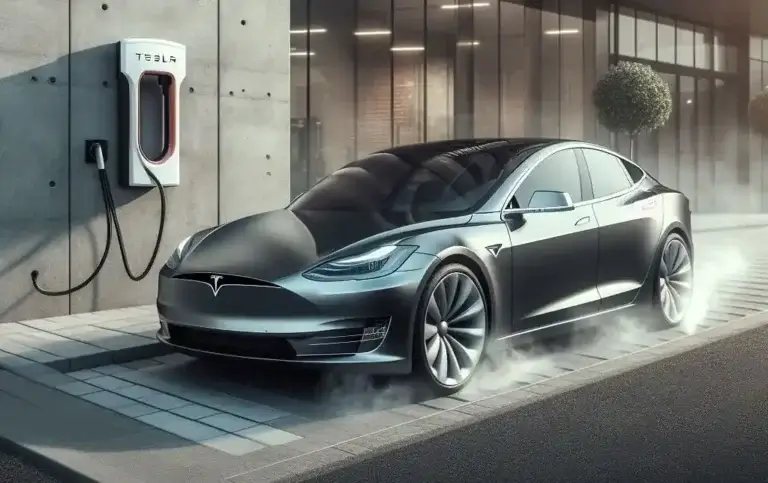Is Your Tesla Wall Charger Getting Too Hot? Troubleshooting Tips
Have you noticed your Tesla wall charger getting worryingly hot during charging? You’re not alone. Many Tesla owners have reported issues with their Tesla Wall Connector or Mobile Connector overheating.
An overheating Tesla charger can be annoying at best and dangerous at worst. In this comprehensive guide, we will find the answer to the most wondered question ” Is Your Tesla Wall Charger Getting Too Hot ” and we’ll cover all the common reasons for Tesla wall charger overheating, troubleshooting tips to cool it down, plus the best practices to stop it overheating in the future.
Table of Contents
Introduction to Tesla Charger Overheating Issues
First things first — why do Tesla chargers overheat in the first place? There are a few common culprits:
- Ambient temperature – Tesla chargers work harder in hot outdoor temperatures over 40°C, causing overheating risk.
- Charger fault – Issues with the wall charger wiring, circuit breaker, firmware bugs or hardware failure can all lead to overheating.
- Power supply issues – Problems with your home/business wiring, voltage, amperage or shared solar supply can overwork the Tesla charger.
- Cable faults – Kinked, frayed or damp charging cables disrupt power flow, making the charger work harder.
- Car faults – On very rare occasions, an issue with Model 3/Model Y charging systems can cause the Tesla charger to overheat.
The good news is that charger overheating is fixable once the root cause is identified and resolved.
Troubleshooting Tesla Wall Connector Overheating
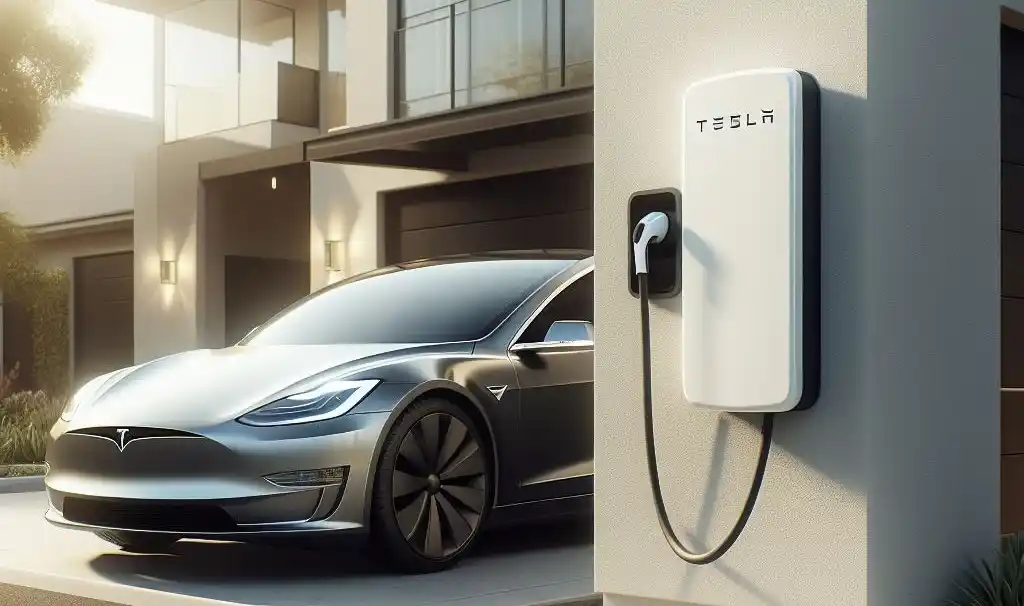
Follow this 7-step troubleshooting guide if your Gen 3 Wall Connector or Mobile Connector emits an overheating warning while charging your Tesla EV:
1. Check Charger Physical Condition
First, inspect your Tesla charging cable and connectors for any physical damage that could prevent smooth power flow.
- Look for kinks and frays in the cable
- Ensure the Wall Connector/Mobile Connector is firmly plugged into the receptacle
- Confirm the vehicle charging inlet isn’t blocked by debris
A faulty charging connector or cable is the most common physical reason for Tesla charger overheating and throttled charging speeds.
2. Check Home Energy Supply
Faults in your general home wiring and electrical supply can overload the Tesla Wall Connector and cause overheating risk during charging sessions.
- Inspect wires leading to the Wall Connector for damage
- Ensure charging breaker(s) are properly rated for the charger’s amperage (e.g. 60 amps)
- Check your home/business has sufficient supply to avoid electrical overload
If in doubt, consult a certified electrician to audit your wiring and circuit breaker.
3. Turn Off Solar Supply (If Applicable)
Tesla chargers relying on a shared solar energy supply are prone to overheating and charging interruptions when demands exceed the solar array’s output.
As solar output varies by weather and daylight hours, separation of solar supply between home use and EV charging is recommended. Or upgrade your solar inverter/battery capacity for steadier power flow to the Wall Connector.
4. Adjust Charger Amperage Settings
Your Wall Connector and Tesla car communicate to dynamically set the optimal charging amperage during a session.
But in some wiring setups, this automated amperage exceeds safe levels leading to Wall Connector overheating.
Manually reducing the charging amperage in your Tesla account energy settings or the Wall Connector setup can stop overheating issues.
Start at 32 amps and increase slowly while monitoring connector temperature.
5. Update Connector Firmware
Outdated firmware on the Gen 3 Wall Connector or Mobile Connector could potentially trigger buggy charging behavior and overheating.
- For Mobile Connector – Update firmware via the Tesla mobile app
- For Wall Connector – Check your Wi-Fi connection to allow automatic OTA firmware updates from Tesla
If issues persist, contact Tesla Support who can deploy a manual firmware patch if available.
6. Reboot The Wall Connector
As with any gadget, occasionally a simple reboot is needed to reset minor software glitches causing abnormal functions.
Reboot instructions:
- Turn off the wall charger circuit breaker
- Unplug the Wall Connector from its receptacle
- Wait 10 seconds
- Plug back into receptacle securely
- Flip the circuit breaker back on
- Attempt to charge your Tesla again while monitoring the wall charger temperature.
7. Get Tesla Support To Diagnose Charger
If your Wall Connector keeps overheating after steps 1-6, it likely has an internal hardware fault needing repair/replacement.
Contact Tesla Support via your Tesla Account and arrange an on-site visit so their service technicians can diagnose the Wall Connector.
Best Practices To Stop Tesla Charger Overheating
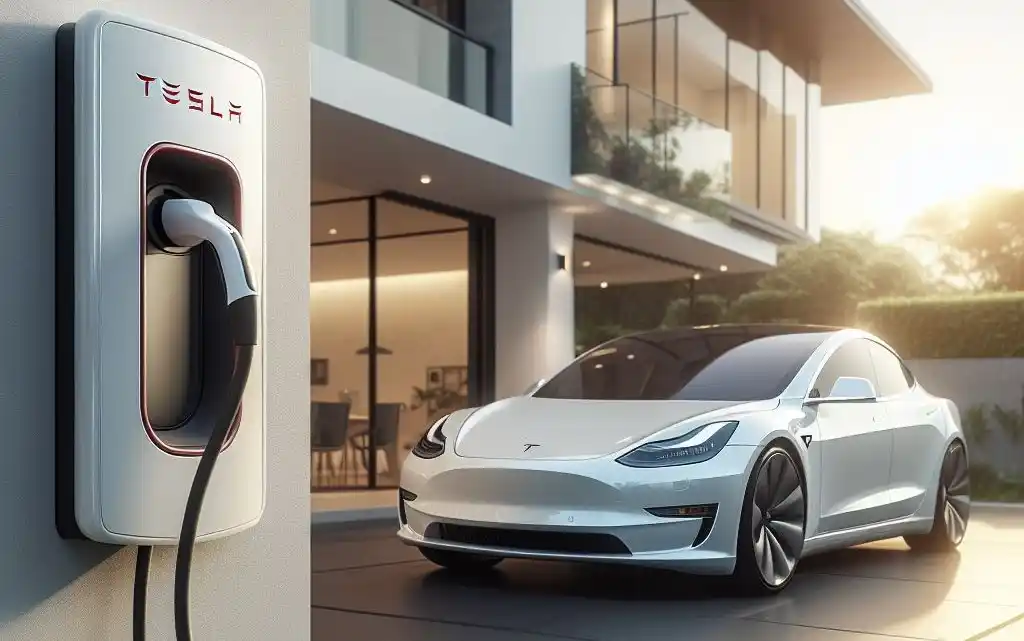
While occasional overheating can happen to any EV charger, follow these pro tips to minimize irritation and fire risk from a persistently overheating Tesla Wall Connector or Mobile Connector:
- Avoid peak charging times – Charge during daylight hours or overnight to avoid competing with home energy demands.
- Separate solar supply – Ensure your solar panels aren’t being shared by the general home supply and the Wall Connector to prevent overload.
- Set charging current – Lock your Tesla charging current (e.g. 30 amps) in the car menu or Wall Connector to prevent dynamic spikes.
- Use thicker extension cord – When using the Mobile Connector, choose an extension cord rated for high amperage to avoid overload.
- Space out charging sessions – Let the charger cool fully between vehicles to avoid residual heat accumulation.
- Clean vents & fans – Carefully vacuum the Wall Connector vents and fans every few months to support ventilation.
- Update firmware regularly – Download the latest firmware to keep your connectors running at optimal efficiency.
- Inspect cables & connectors – Check for physical cable damage and secure connections before each session.
FAQs: Is Your Tesla Wall Charger Getting Too Hot
Why does my Tesla Wall Connector get hot?
The main reasons Tesla Wall Connectors overheat include:
- High ambient temperatures in charger environments over 40°C
- Issues with home/business electrical supply and wiring
- Physical damage, kinks, or dampness in charging cables
- Dirty or blocked Wall Connector vents impeding airflow
- Outdated or buggy firmware needs an update
- Electrical overload from simultaneous demands in your home/business
- Hardware failure or factory fault within the Wall Connector
At what temperature should I worry about overheating?
You’ll receive in-car and app warning alerts once your Tesla Wall Connector exceeds 60°C during charging. This should be investigated with the troubleshooting steps recommended in this article.
Sustained temperatures approaching 70 – 80°C can risk fire damage to mounting surfaces. Turn off the breaker immediately if it reaches this range and contact Tesla Support.
Why does my Gen 3 Wall Connector overheat?
The Gen 3 Wall Connector has more advanced charging systems than previous generations. This allows faster charging speeds but means more heat is generated in regular operation.
Further factors unique to Gen 3 can trigger overheating:
- Shared solar supply instability
- Incompatible electrical panel and circuit ratings
- Wall Connector firmware bugs need an update
- New hardware faults not seen in previous generations
Follow this guide’s troubleshooting steps tailored to Gen 3 Wall Connectors to resolve overheating alerts.
In Closing
I hope this guide gave you a thorough overview of tackling those worrying Tesla wall charger overheating alerts during charging sessions.
The key steps are:
- Inspecting connectors, cables, and your home electrical supply
- Updating Wall Connector firmware
- Adjusting charging current rates
- Rebooting the Wall Connector
- Arranging Tesla Support technician visits for internal hardware diagnostics
Take care to follow the pro tips for charger ventilation, solar power separation, and protective maintenance.
Implementing the recommendations in this guide will have you fast-charging your Tesla safely without pesky overheating incidents. Just be sure to monitor connector temperature and charging current rates closely, especially during warm weather.

